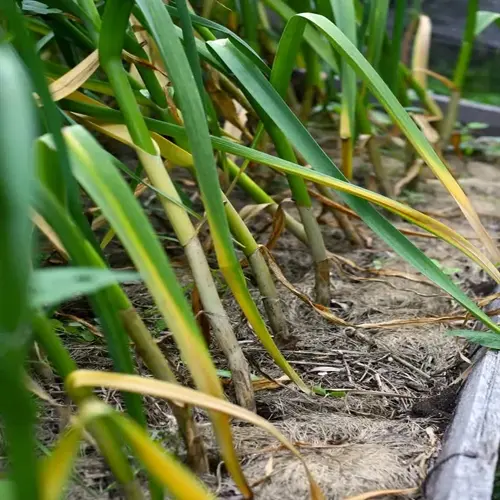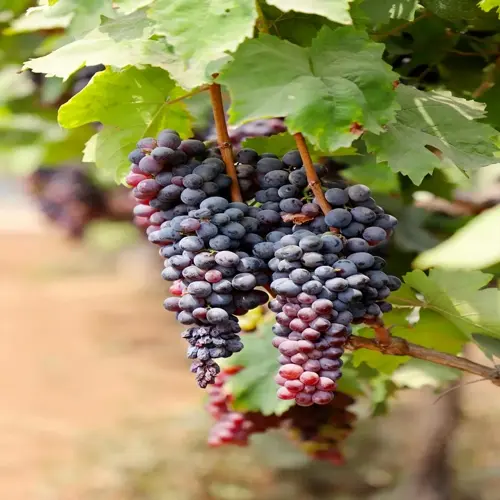How do I prevent rot during storage?

Written by
Liu Xiaohui
Reviewed by
Prof. Charles Hartman, Ph.D.Rot avoidance begins before you store your garlic, starting with selecting good bulbs. I learned this the hard way after seeing half a harvest spoiled by neck rot. When harvesting, discard any onion with a thick neck, bruises, or soft spots, as these are all potential entry points for fungus, allowing it to spread and ruin your entire harvest quickly.
Humidity Control
- Maintain 60% humidity using dehumidifiers in storage areas. Higher levels cause mold while lower dehydrates bulbs. I check weekly with hygrometers adjusting as needed.
Air Circulation
- Use mesh containers or slatted shelves allowing airflow around bulbs. Stagnant air breeds fungal growth. I place small fans in storage rooms running them 15 minutes hourly.
Darkness Maintenance
- Complete darkness inhibits sprouting which weakens bulbs. Cover windows and use opaque containers. I line my storage shelves with blackout fabric blocking all light sources.
Production separation prevents cross-contamination. Do not store onions near moisture-sensitive vegetables, such as squash. However, you should never store them next to ethylene-producing fruits. I have separate rooms based on when I induced sprouting in my storage onions using apples.
Monthly checks help identify the beginning of rot. On the first of every month, check for soft spots or mold by tapping each bulb and visually inspecting it. If affected, remove the bulb immediately. I have a calendar where I mark my inspection dates. Even if only one onion is rotten, it will contaminate dozens around it.
Condensation Solutions
- Wipe moisture off bulbs immediately. Increase airflow and reduce humidity 5%. Check for temperature fluctuations causing dew point issues.
Mold Outbreak Response
- Remove affected bulbs. Spray area with vinegar solution. Run dehumidifier continuously for 48 hours. Increase air circulation temporarily.
There are varietal differences in terms of resistance to rot. Types of storage, like Patterson, store better and resist decay better than sweets. Long storage types, in my opinion, are better suited for winter storage. With their tighter skins and denser flesh, they are naturally more resistant to rot than sweet onions, which are more delicate.
Read the full article: 7 Essential Signs for When to Harvest Onions

